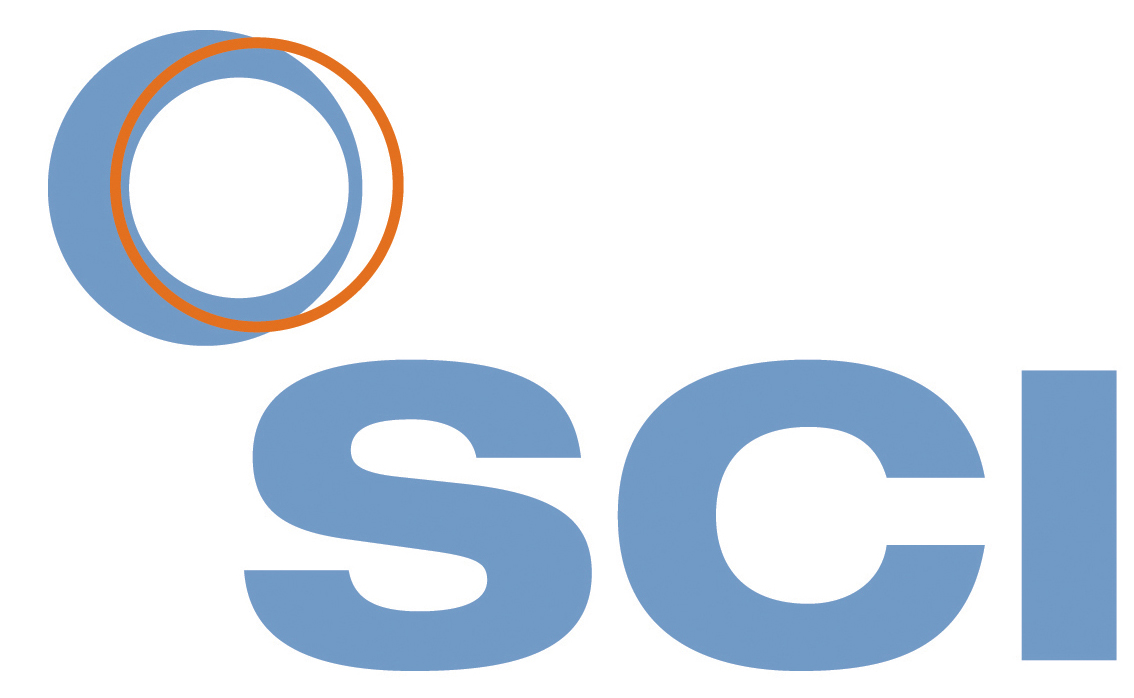All living cells require energy to survive. The energy can be provided by food, by light or, in diverse bacteria, by a myriad of possible environmental materials. These are used in large part to produce ATP from ADP and inorganic phosphate. ATP is a stable and transportable intracellular energy source. The majority of ATP synthesis is usually associated with respiratory and photosynthetic processes that are catalysed by complex redox enzymes embedded in ion-impermeable lipid membranes. The way in which these redox reactions are coupled to ATP synthesis is quite different to classical enzymological processes because they are coupled indirectly through an intermediary energy-storing proton gradient that is formed across the membrane in which they are embedded.
This revolutionary 'chemiosmotic hypothesis' of the mechanism of such coupling was first postulated by Peter Mitchell in 1961. It took many years before it, and its ramifications, gained widespread acceptance as the chemiosmotic theory for which Mitchell received the Nobel Prize in Chemistry in 1978, though even today some aspects of development of the ideas have remained controversial.
Refreshments will be served before and after the lecture.
This revolutionary 'chemiosmotic hypothesis' of the mechanism of such coupling was first postulated by Peter Mitchell in 1961. It took many years before it, and its ramifications, gained widespread acceptance as the chemiosmotic theory for which Mitchell received the Nobel Prize in Chemistry in 1978, though even today some aspects of development of the ideas have remained controversial.
Refreshments will be served before and after the lecture.










